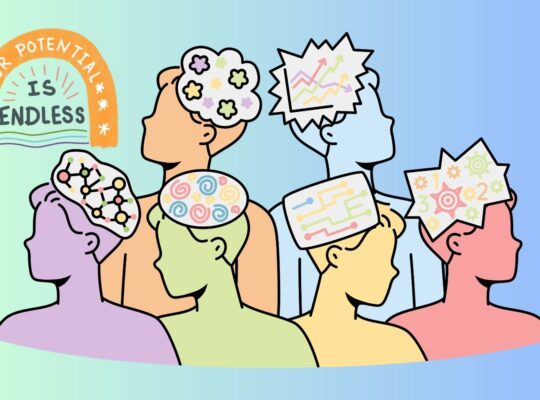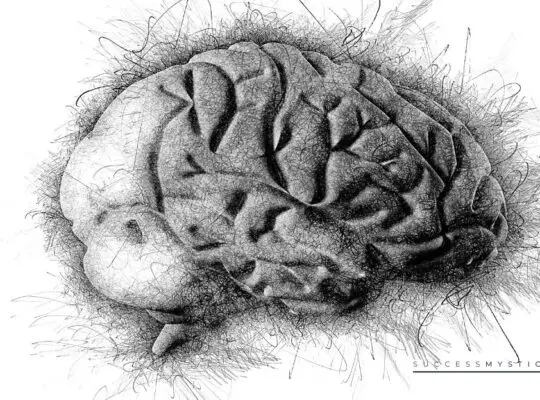As humans, we share many emotions and feelings. It’s how we connect with others on so many levels. It’s also how we feel compassion and empathy. One of the hardest feelings we share is pain. It could be physical pain or emotional pain, either way, we all have stories to tell and experiences to share.
Yet, what differentiates us is the way we deal with the feeling of pain. Some people take the fall, then, get right back up. They dust themselves off and get back on the saddle.
For others, it’s not quite so easy. They think about what could have been done or should have been said. Then, they let themselves be immersed in a sea of painful memories and emotions. They allow themselves to live with one foot in the present and one foot in the past.
The problem is that experts when emotional pain can get in the way of letting go of your hurtful experience. It makes you feel stuck, immobilized, and unable to function.
Does this sound familiar? If you’re finding it hard to let go, here are five helpful tips to guide you along.
1| Let the Negative Emotions Flow
No doubt you’re feeling a surge of negative emotions. It’s a natural part of the grieving process. Letting these emotions out can help you move forward, rather than being stuck in the past.
It’s up to you how you want to talk about your pain. You can be creative and use a journal or blog as your outlet. You can also speak with a close friend or a therapist.
What’s not natural or healthy is to try and avoid these negative feelings or shut them out. Some people make an attempt at ignoring these feelings, hoping they’ll go away on their own. Sadly, that’s never the case.
Negative emotions are like knots in a ball of yarn. If you ignore them, they’ll always be there, even if you knit over them. However, if you take the time to untangle the knot, you’ll get much better results now and in the future.
Give yourself the time you need to untangle your emotions. A week or two can help the healing process move along at a healthy pace. Just make sure you don’t end up isolating yourself from the people who truly matter in your life.
2| Create Physical Distance
The best way to move forward is to distance yourself from the person or place that’s connected to your painful experience. Seeing them constantly will only keep the memories fresh. It’s like having an open wound that’s not allowed to heal.
Having that distance can be physical or psychological. It gives you closure and helps steer the healing process in the right direction.
Another helpful way to create some distance between you and your pain is to ‘erase it’ from your memory. Studies show that if you write down all the things that are causing your hurt on a piece of paper. Then, you have a couple of choices here. You can either tear up the paper, throw away, then close the trash bag.
A second choice is to toss the shredded pieces into the fireplace. There’s even a name for it: a burning ceremony.
3| Focus on You
Many times, we either blame ourselves, criticize our decisions, or neglect our personal needs. We keep playing the past over and over in our heads.
The worst part is that we allow frustration, worry, and shame to guide our actions and frame of mind. You need to stop beating yourself down, and start showing yourself compassion, kindness, and forgiveness.
Medical experts say a good way to start is by treating yourself as if you would a friend. Think about what you’d say to them, how you’d help them out. Now, do the same thing with you.
Another thing you can do is exercise. Any type of physical activity reduces stress and boosts ‘feel-good’ hormones. Plus, you’ll feel stronger and fitter, and look amazing!
4| Practice Mindfulness
By practicing mindfulness, you focus more on the present moment. Rather than thinking of painful memories, hone in on your surroundings down to the minute details.
Give yourself five minutes to look around and take everything in. It can be as simple as focusing on how blue the sky is or the meal sitting on your plate in front of you.
As Carl Jung said, “I am not what happened to me, I am what I choose to become.” The here and now is the only thing you can control. So, make sure you live it to the fullest!
Yoga is another way to focus on the present. It calms your mind, reduces stress, and even burns some calories.
5| Surround Yourself with Loved Ones
Being open and honest about your hurtful experience is probably the last thing you want to do. But having a close circle of friends and supportive family members can really help. They can give you a fresh and new perspective on things, which can be helpful.
It’s been scientifically proven to ease the pain of a hurtful experience. Plus, it speeds up the healing process and helps you let go of the past much quicker.
Having people in your life that you can lean on takes away from that sense of isolation. It also acts as a good reminder of everything good in your life.
A Final Note
You know that saying, ‘Time heals all wounds.’ It turns out that’s not 100% true. Yes, things do get better with time. Yet, it’s what you do with that time that can either get things moving in the right direction or make your life harder.
Focusing on what you can control, rather than craving power over the things you can’t control. That’s the first step. It may sound difficult, but once you put your mind to it, you can accomplish miracles!
Just believe in your inner strength and try the five tips we mentioned above. They can help you bounce back and make incredible changes in your life.







